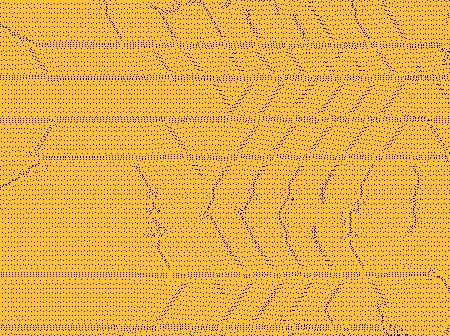Discrete element method simulation of sol-gel nanofilm cracking
Jakob Jõgi (Tartu Ülikool), Jaan Kalda (TTÜ, CENS), and Ants Lõhmus (TÜ)
| What | |
|---|---|
| When |
2010-04-05 16:00
2010-04-05 17:00
2010-04-05 from 16:00 to 17:00 |
| Where | B101 |
| Add event to calendar |
|
Low-dimensional IVB group metal oxide materials produced using the sol-gel method are of great interest due to the possible applications in photocatalysis, electronics, high temperature isolation and solar cells industry. The elaboration of different strategies for the synthesis of micro- and nano-scale oxide materials is essential for improving the properties and finding new applications for these materials [1]. The purpose of our work is to elaborate the mathematical model describing the cracking process and to provide a working simulation code that would allow predicting the influence of different physical and chemical parameters on the end result. Current work includes:
• Mathematical representation of the film for discrete element method simulation.
• Graphical output of the cracking simulation
![Fig. 1 Sol-gel nanofilm cracking: A) optical microscope image [1], B) section of the simulation output.](http://cens.ioc.ee/cens/pilt1.jpg)
Fig. 1 Sol-gel nanofilm cracking: A) optical microscope image [1],
B) section of the simulation ou tput.
tput.

References:
[1] Salundi, A., Geelkile nano- ja mikropragunemise selgitamine uute materjalide väljatöötamiseks, võistlustöö (bakalaureusetöö), Tartu Ülikool, 2009.